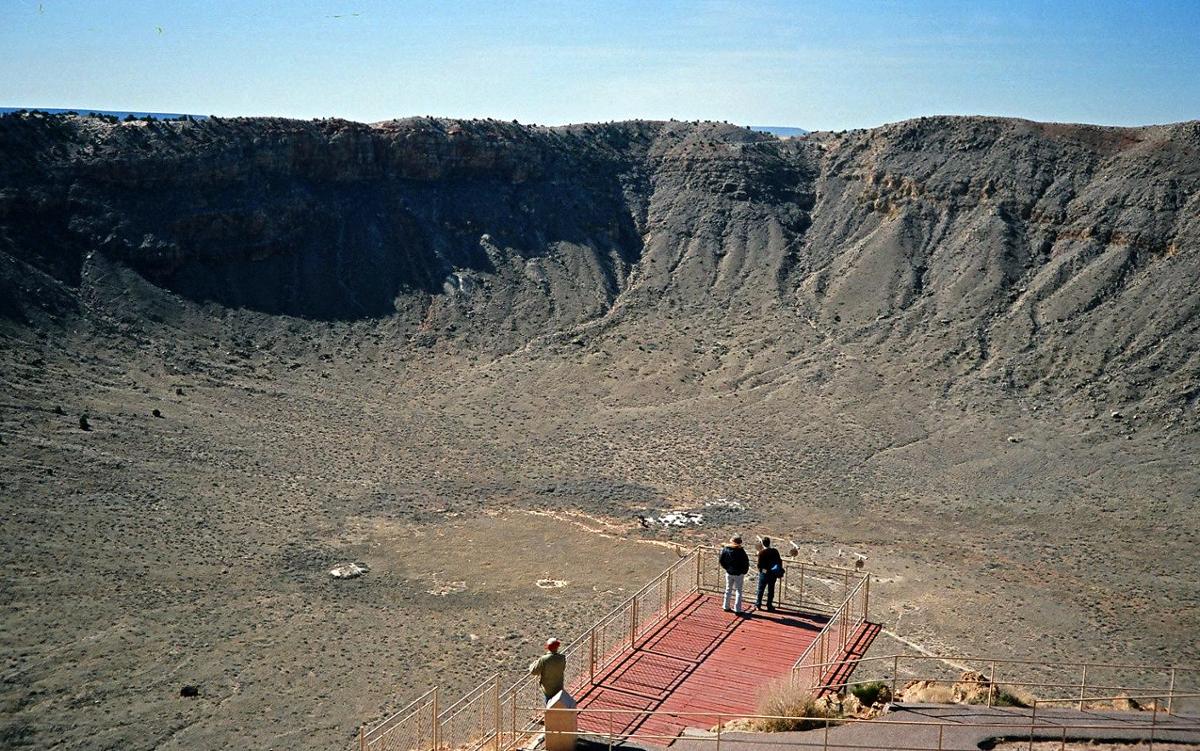Geological processes are usually slow. But sixty-six million years ago, the Earth was transformed in a single day. On that day, an asteroid or comet, seven and a half miles in diameter, hit Earth at twenty seven thousand miles per hour, and blasted a one hundred and twenty four mile wide crater. This event is known as the Chicxulub impact because its surviving geological remnants are in an area that includes the town of Chicxulub, Mexico. It is thought to have triggered a mass extinction catastrophe that wiped out eighty percent of animal species on Earth, including the dinosaurs.
In 2019 an international team of geologists published the first analysis of a core sample of rock taken from the remains of the innermost ring of mountains of the impact crater. The researchers got their sample by drilling beneath the ocean floor off the coast of Mexico. The core sample included more than four hundred feet of material deposited on the day of impact.
According to the researchers’ analysis, within minutes of impact, the underlying rock of the site collapsed to form the crater and its peak mountain ring. The ring was rapidly covered by seventy feet of molten rock. Within the hour, ocean waters rushing back into the wound in the Earth deposited another two hundred and seventy feet of rock. Within a day, gigantic tsunami waves reflected back from distant shorelines brought additional deposits, including charcoal that the researchers believe was generated by vast fires triggered by the impact. This charcoal, and the composition of the deposits, provide additional new evidence that a period of global cold and dark followed the impact and contributed to the extinctions.










